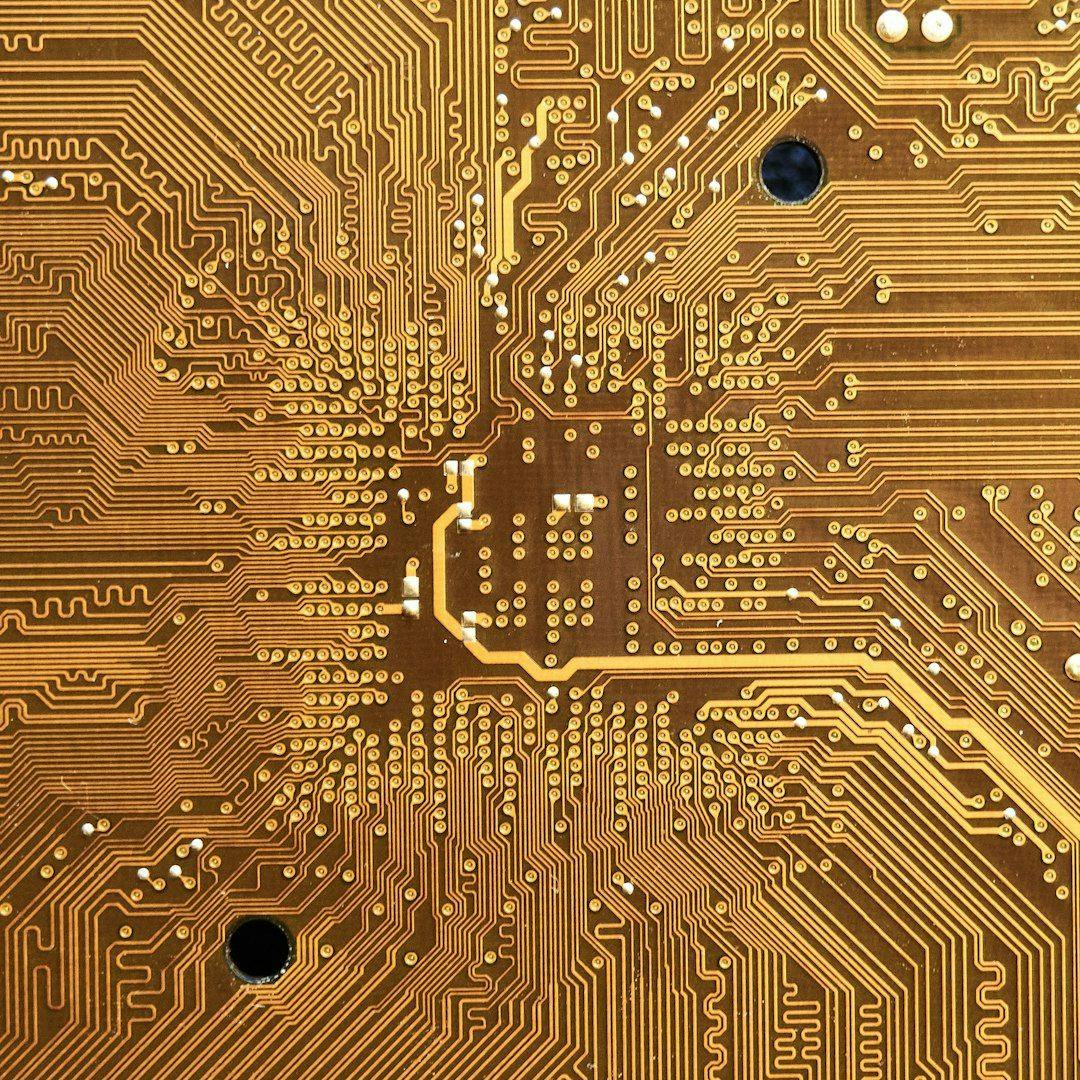Quantum computing and machine learning are two of the most disruptive forces in modern computer science. One is grounded in the mind-bending weirdness of quantum mechanics; the other powers the systems that recognize your face, recommend your next Netflix binge, or drive your car (almost).
Now imagine combining them.
Welcome to Quantum Machine Learning (QML), where the goal isn't just faster computation—it's redefining what's computationally possible.
1. The Quantum Bit: Not Just a Fancy Bit
At the heart of quantum computing is the qubit. Unlike your everyday bit that flips between 0 and 1, a qubit can live in both states simultaneously thanks to a phenomenon called superposition.
In math terms:
|ψ⟩ = α|0⟩ + β|1⟩
Where α and β are complex numbers and |α|² + |β|² = 1. This allows a quantum computer to explore many possibilities at once.
Python example: Superposition with Hadamard gate
from qiskit import QuantumCircuit
qc = QuantumCircuit(1)
qc.h(0) # Create superposition
qc.draw('mpl')
2. Quantum Gates: Logic for the Multiverse
Quantum gates manipulate qubit states, like logic gates in classical computing—but built for the quantum realm.
H(Hadamard): Creates superpositionX: Quantum NOTCNOT: Creates entanglement, a quantum link
qc = QuantumCircuit(2)
qc.h(0)
qc.cx(0, 1)
qc.draw('mpl')
3. Measurement: Where Possibility Collapses
Quantum measurement collapses a qubit into a definite state (0 or 1) with certain probabilities determined by |α|² and |β|².
from qiskit import Aer, execute
qc.measure_all()
result = execute(qc, Aer.get_backend('qasm_simulator'), shots=1024).result()
print(result.get_counts())
4. Making Machine Learning Quantum
Quantum Machine Learning isn’t just a speed-up hack. It’s a way to redefine how we process and represent data.
4.1 Quantum Feature Maps
To run ML on quantum hardware, you first need to encode classical data into quantum states.
from qiskit.circuit.library import ZZFeatureMap
feature_map = ZZFeatureMap(feature_dimension=2, reps=1)
feature_map.draw('mpl') # <- Feature map diagram here
4.2 Parameterized Quantum Circuits (PQC)
Think of these as neural networks made out of quantum gates.
from qiskit.circuit import Parameter
theta = Parameter('θ')
qc = QuantumCircuit(1)
qc.ry(theta, 0)
qc.draw('mpl')
We’ll later optimize θ to minimize a loss function—just like training weights in a neural network.
5. Quantum Support Vector Machines (QSVM)
QSVM extends classic SVM by replacing dot products with quantum kernel functions.
from qiskit_machine_learning.kernels import QuantumKernel
quantum_kernel = QuantumKernel(feature_map=feature_map, quantum_instance=Aer.get_backend('statevector_simulator'))
print(quantum_kernel)
Training Example
from qiskit_machine_learning.algorithms import QSVM
training_data = {'A': [[0, 0], [1, 1]], 'B': [[1, 0], [0, 1]]}
qsvm = QSVM(quantum_kernel, training_data)
qsvm.fit(training_data, [0, 1])
6. Quantum Neural Networks (QNN)
QNNs use parameterized quantum gates as trainable layers. Each gate angle is like a neural weight.
from qiskit.circuit import Parameter
theta1, theta2 = Parameter('θ1'), Parameter('θ2')
qc = QuantumCircuit(2)
qc.ry(theta1, 0)
qc.ry(theta2, 1)
qc.cx(0, 1) # entangle the qubits
qc.draw('mpl')
Training a QNN with PyTorch
from qiskit_machine_learning.connectors import TorchConnector
import torch
from torch import nn, optim
# Connect quantum circuit to PyTorch
connector = TorchConnector(qc)
model = nn.Sequential(connector, nn.Softmax(dim=1))
criterion = nn.CrossEntropyLoss()
optimizer = optim.Adam(model.parameters(), lr=0.01)
for epoch in range(100):
output = model(torch.tensor([[0.0, 1.0]]))
loss = criterion(output, torch.tensor([1]))
loss.backward()
optimizer.step()
Hybrid quantum-classical training is the standard pattern in today’s QML.
7. Grover’s Algorithm for Model Optimization
Grover’s search finds an item in √N time—making it perfect for hyperparameter search in quantum ML.
from qiskit import QuantumCircuit, Aer, execute
grover_circuit = QuantumCircuit(3)
grover_circuit.h([0, 1, 2])
grover_circuit.cz(0, 2)
grover_circuit.draw('mpl')
result = execute(grover_circuit, Aer.get_backend('qasm_simulator'), shots=1024).result()
print(result.get_counts())
8. Challenges and the Road Ahead
Let’s be honest: QML is still in its infancy.
- Quantum computers are noisy and limited
- Real-world quantum advantage is rare—for now
- Developers need to learn both quantum physics and ML
But things are evolving fast. As hardware matures and toolkits like Qiskit and PennyLane improve, expect more practical breakthroughs.
9. Final Thoughts
Quantum Machine Learning isn’t just about faster AI—it’s about rethinking what AI can be.
From kernel tricks to quantum-enhanced neural networks, QML is opening doors we didn’t know existed. If you're a curious dev with a taste for the frontier, now’s the time to dive in.


